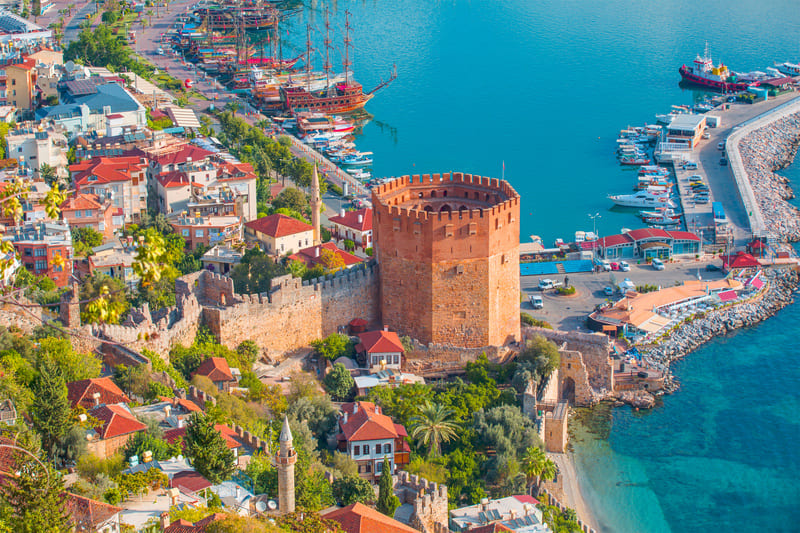
History of Alanya: From Ancient Times to Modern Day
Alanya, a picturesque coastal city on Turkey's southern Mediterranean coast, has a storied history that stretches back thousands of years. Known for its strategic importance and natural beauty, Alanya has been a prized location for many civilizations. Here's a detailed look at Alanya's historical journey.
Ancient Beginnings
Prehistoric and Early Settlements
Archaeological findings indicate that Alanya has been inhabited since the Upper Paleolithic era. Artifacts such as tools and pottery suggest early human activity in the region, with continuous settlement throughout the Bronze Age.
Greek and Roman Influence
In ancient times, Alanya was known as Coracesium (Greek: Κορακέσιον). The city's strategic location on a rocky peninsula made it a significant point of interest for various civilizations.
- Cilician Pirates: During the Hellenistic period, Coracesium became infamous as a stronghold for Cilician pirates who terrorized the Mediterranean. The pirates exploited the natural fortifications provided by the cliffs to launch raids and disrupt trade routes.
- Roman Conquest: In 67 BC, the Roman general Pompey the Great launched a campaign against the Cilician pirates. The decisive Battle of Coracesium marked the end of pirate dominance, and the city was subsequently integrated into the Roman Empire. Under Roman rule, Coracesium prospered, benefiting from increased trade and infrastructure improvements.
Byzantine Era
During the Byzantine period, the city continued to thrive as a key coastal town. The Byzantines fortified Alanya further, and it served as an important naval base to protect against Arab raids.
Seljuk Empire
Keykubat I and the Golden Age
In the early 13th century, the city witnessed a transformative period under the Seljuk Sultanate of Rum. In 1221, Alaeddin Keykubat I conquered the city, renaming it Alaiye in his honor.
- Architectural Flourishing: Sultan Alaeddin Keykubat I initiated significant architectural projects, including the construction of the Alanya Castle, the Red Tower (Kızıl Kule), and the Shipyard (Tersane). These structures not only fortified the city but also showcased Seljuk architectural brilliance.
- Economic Prosperity: Alaiye became a crucial hub for trade and commerce in the Mediterranean, thriving on its strategic position and the stability provided by Seljuk rule.
Ottoman Empire
In the 15th century, Alanya fell under Ottoman control as part of the expanding Ottoman Empire. The Ottomans continued to use the city as a naval base and a significant port. Alanya retained its importance through the centuries, serving as a vital point for maritime activities.
Modern Era
20th Century and the Turkish Republic
With the fall of the Ottoman Empire and the establishment of the Republic of Turkey in 1923, Alanya began to transform into a modern city. The name Alanya was officially adopted in 1935.
- Tourism Boom: In the latter half of the 20th century, Alanya emerged as a popular tourist destination. Its stunning beaches, historical sites, and favorable climate attracted visitors from around the world. The city's economy shifted towards tourism, with significant investments in infrastructure and hospitality services.
- Cultural and Economic Development: Alanya has continued to grow and develop, balancing its rich historical heritage with modern amenities. The city hosts numerous cultural festivals and events, celebrating its diverse history and vibrant culture.
Historical Landmarks
Alanya Castle
The Alanya Castle, perched on a rocky peninsula, is a testament to the city's historical significance. Originally built by the Byzantines and expanded by the Seljuks, it offers panoramic views of the city and the Mediterranean Sea.
Red Tower (Kızıl Kule)
The iconic Red Tower, constructed in 1226 by Sultan Alaeddin Keykubat I, stands as a symbol of Alanya's medieval strength. It now houses the Ethnographic Museum, showcasing artifacts from the city's rich past.
Damlataş Cave
Discovered in 1948, Damlataş Cave is renowned for its stunning stalactites and stalagmites. The cave's unique microclimate, with high humidity and a steady temperature, is believed to have therapeutic benefits for respiratory conditions.
Conclusion
Alanya's history is a captivating journey through time, marked by the influence of various civilizations that recognized its strategic and natural allure. From ancient Greek and Roman times to the Seljuk and Ottoman eras, each period has left an indelible mark on the city's cultural and architectural landscape. Today, Alanya stands as a vibrant city that honors its past while embracing the future, offering a unique blend of history, beauty, and modernity.













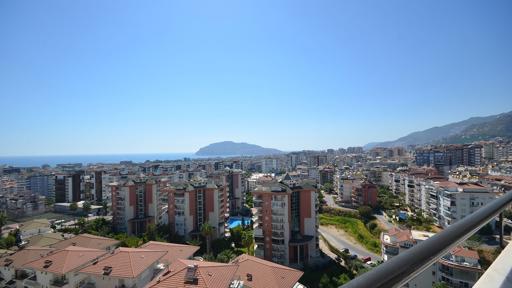

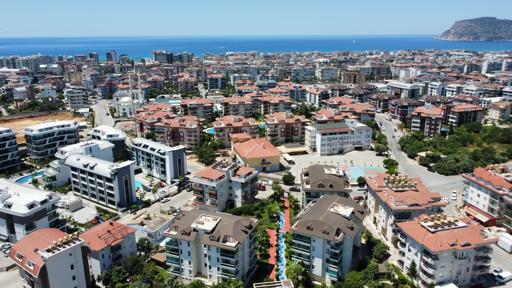

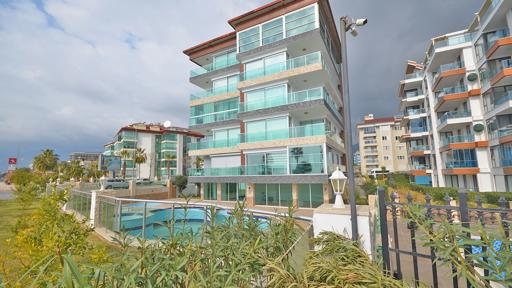
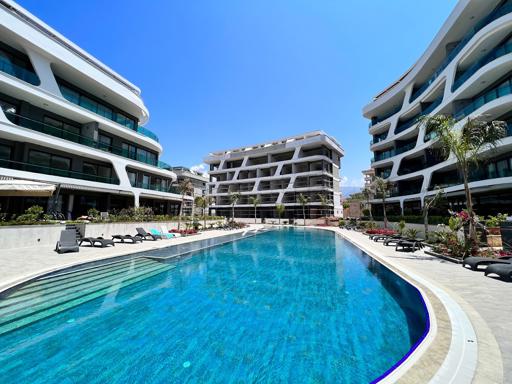

Post Comment